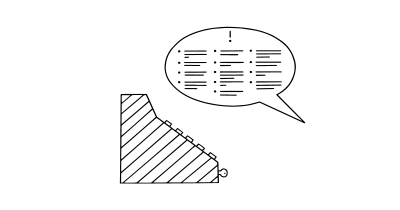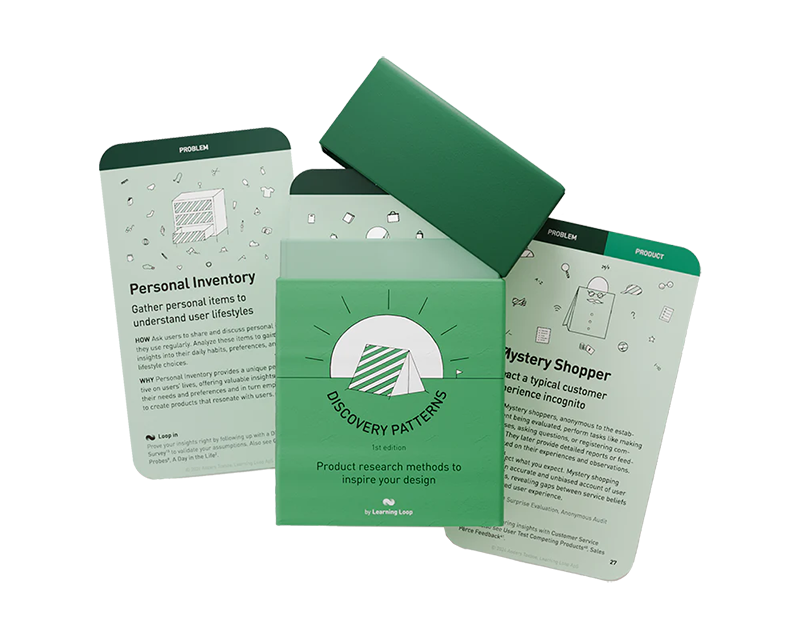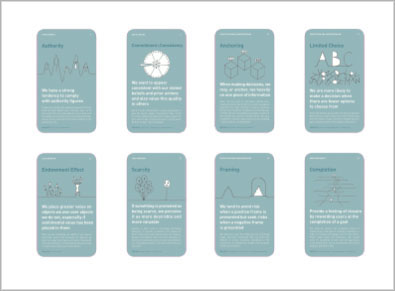Idea Validation: Market demand, Product, Willingness to pay
Sales Force Feedback
Gauge market demand through your sales team

How: Gather and analyze feedback from sales teams regarding customer inquiries, needs, and reactions. This information provides direct market insights and product feedback.
Why: Being exposed to the willingness to pay of customers every day, Sales Force Feedback provides insights into market demand, customer problems, and their willingness to pay. It cannot stand alone. Use it not as an order, but as valuable input among others.
Among product teams, there is a long-standing caution against letting the sales department dictate the roadmap. This caution exists for good reason: sales incentives and quotas can drive short-term thinking and promote feature requests that optimize for closing deals rather than long-term product vision. But avoiding roadmap ownership is not the same as ignoring the valuable insights sales teams hold. When treated with care, sales force feedback can be a powerful tool in lean product discovery—especially for identifying customer demand patterns, unmet needs, and near misses in the buying journey.
Salespeople, alongside customer support reps, are often the closest to the customer. They hear objections, observe decision-making dynamics, and negotiate around real-world constraints. Unlike survey responses or usage analytics, sales insights come wrapped in context: what a buyer was trying to achieve, what they hesitated on, and what ultimately convinced them to convert—or walk away.
Structuring the feedback process
To use sales force feedback effectively, start by identifying what questions you want answered. Frame these around the core elements of product fit:
- Are we solving the top jobs customers are hiring the product to do?
- Are we addressing major pains that prevent them from making progress?
- Are we creating meaningful gains that make the product attractive?
In complex B2B environments, this inquiry needs to be segmented by role. A decision maker may focus on risk and ROI, while an influencer might care about ease of use. Tailoring your questions for different buyer roles—decision makers, economic buyers, influencers, and recommenders—makes the feedback richer and more actionable.
Once you have your question set, schedule structured feedback sessions with the sales team. This can be during weekly sales stand-ups, in dedicated discovery syncs, or through asynchronous forms and CRM integrations. The goal is to collect qualitative observations backed by evidence: call transcripts, emails, deal notes, and CRM fields can all help triangulate what’s being reported.
Two types of insight tend to be most actionable:
- Near Misses: When a customer ultimately purchased, but almost didn’t, the feedback is often emotionally vivid and highly specific. What hesitation almost lost the deal? Was it price, a missing feature, onboarding complexity, or unclear messaging? These moments provide clarity on what matters most when a customer is on the fence.
- Top Feature Requests: While feature requests during sales cycles are weaker evidence on their own (they often reflect surface wants), patterns in what’s asked for can reveal underlying jobs or unmet expectations. It’s critical to look beneath the surface: what is the buyer trying to solve for with that request? What risk are they trying to mitigate?
From insights to experiments
After collecting and organizing sales force feedback, the next step is synthesis. Map insights onto a Value Proposition Canvas or jobs-to-be-done framework. Look for recurring themes in jobs, pains, and gains, especially across customer segments aligned with your Ideal Customer Profile (ICP). This is important—feedback from prospects who aren’t part of your target segment may be irrelevant or even misleading.
Use your findings to generate new hypotheses. For example:
- If multiple deals nearly fell through due to uncertainty around implementation time, test messaging that clarifies this.
- If a missing integration keeps surfacing, interview customers about how they would use it and what workaround they currently employ.
- If a specific persona keeps asking about a feature, validate whether it truly reflects a job to be done or is just familiar language.
Pair this analysis with other lean methods for greater depth:
- Customer Interviews can reveal the emotion and logic behind objections.
- Validation Surveys can scale findings and identify patterns across more customers.
- A/B Testing can trial different versions of your value proposition in the sales process.
- Buy a Feature workshops with lost leads can identify high-priority gaps.
- Expert Stakeholder Interviews can help decode internal buying processes that shape sales outcomes.
There are various ways to measure Sales Force Feedback. One common metric is the number and type of customer demands gathered. You can also track ‘near misses’ – instances where a sale was almost made but fell through. These can reveal gaps in your product or pricing strategy.
The goal of this method is not to gather as much feedback as possible, but to gather meaningful feedback that can drive product improvements. Therefore, focus on the quality of feedback and the insights it provides, rather than just the quantity.
Getting it right
Running this experiment doesn’t require much tooling. Most organizations already have the core data in CRM notes, sales call recordings, or chat logs. The challenge is collecting it in a usable format. You’ll need some upfront preparation to define what to look for and a plan for how to analyze patterns once they emerge.
Setup time is relatively short. Define your timeframe (e.g., last quarter’s deals), clarify roles (e.g., enterprise vs. SMB reps), and filter for ICP-aligned opportunities. The feedback sessions themselves can be brief—what matters is consistency and evidence.
The cost of running the experiment is low. No labs, consultants, or external participants required—just your internal sales team. As a result, the method is highly repeatable and can be embedded as part of quarterly planning or roadmap input.
Sales force feedback sits at the intersection of customer understanding and business execution. When filtered through the lens of product discovery—not roadmap ownership—it becomes a rich source of insight. The key is context. Not all feedback should be acted on, and not all deals are equal in strategic value. But when you focus on near misses, segment feedback by ICP fit, and pair qualitative anecdotes with supporting data, you unlock clarity.
This method strengthens alignment between product and sales without compromising product integrity. It helps you discover what matters most to the people who matter most—your customers, at the moment of decision.
Treat the sales team not as a competing voice in the roadmap, but as an early warning system and a pattern recognition engine. The better you listen, the better you build.
Real life Sales Force Feedback examples
Salesforce
Salesforce gathers feedback from its sales teams to improve CRM features, aligning product development with evolving business needs.
Oracle
Oracle uses sales force feedback to refine its enterprise software, ensuring it meets the dynamic needs of businesses and stays competitive.
A collection of clever product discovery methods that help you get to the bottom of customer needs and coining the right problem before building solutions. They are regularly used by product builders at companies like Google, Facebook, Dropbox, and Amazon.
Get your deck!Related plays
- Testing Business Ideas by David J. Bland & Alexander Osterwalder

